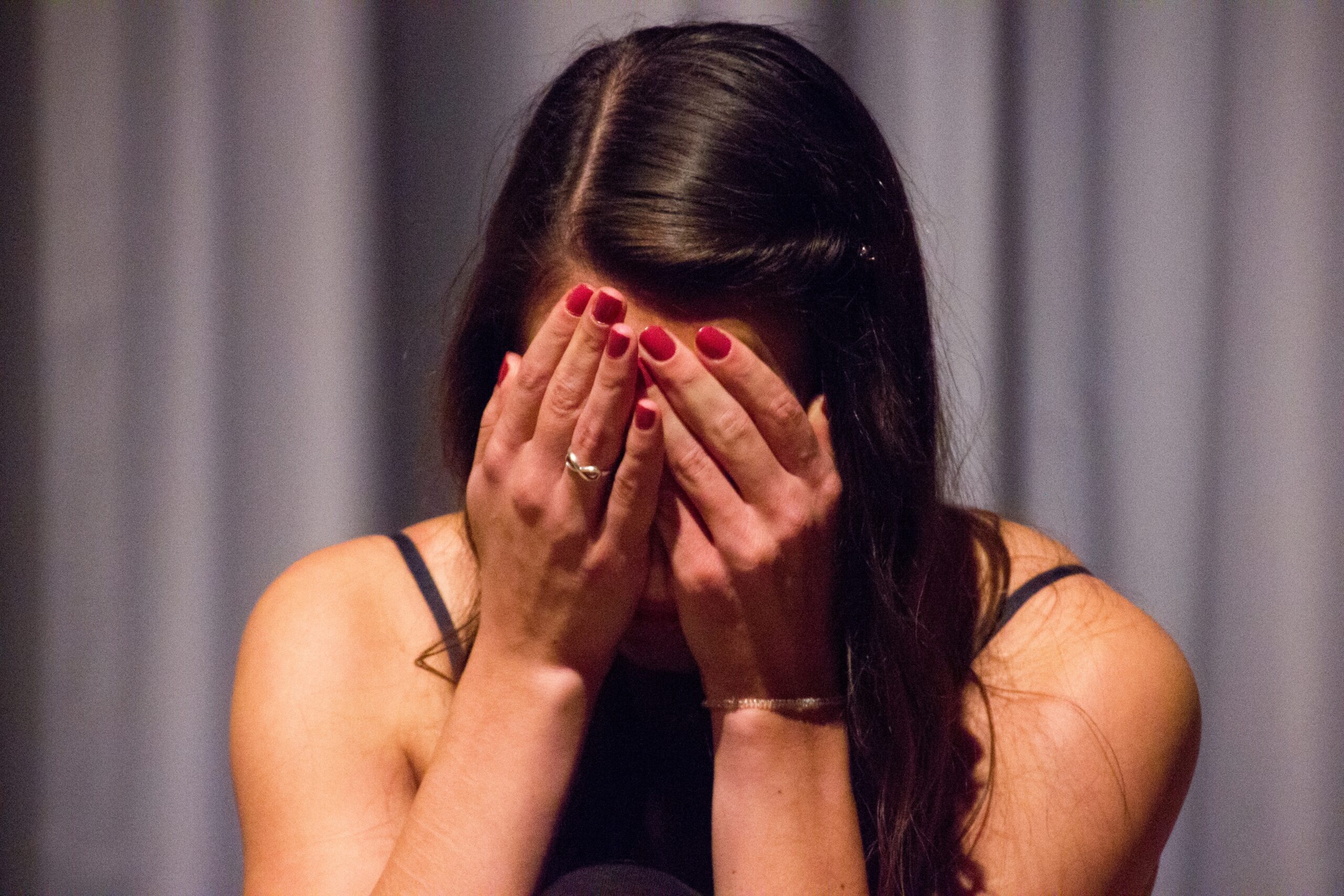
Featured Item

Finding a safety net in times of traumatic stress
Published
7 months agoon
Trauma isn’t a disease but an adaptive response that occurs when your body works to survive and normalise something that shouldn’t be happening, said social worker Kirsten Thomson at a talk hosted recently by Chevrah Kadisha Community Social Services at The David Lopatie Centre.
When examining trauma, one needs to understand the context in which it occurs, said Thomson, who specialises in loss, anxiety, and trauma. For example, the impact of the COVID-19 pandemic on our world has been significant. “Even though there’s a sense of going back to normal, something has shifted, and we’re still carrying more intensity around anxiety.” We need to account for the impact of our different experiences during the pandemic, and how they have highlighted trauma, loss, and stress.
In the South African context, she said, there’s a strong link between trauma and violence. The lasting impact of our apartheid history and institutionalised violence in our country still influences our health departments and the services delivered in our country and communities. “We need to recognise that though change is happening, it’s a slow change. Our systems have been hugely influenced by violence and trauma.”
Thomson emphasised the fact that in treating and addressing trauma, one needs to understand what type of trauma we’re dealing with.
A key term is post-traumatic stress disorder, she said. “For some patients, this term is helpful to understand the space and impact of trauma, but while many people may have some of the symptoms, they don’t develop the disorder.”
She also explained complex trauma which occurs in the relationship space – encompassing child and domestic abuse. “Here, the people who are supposed to protect and guide us are the ones that hurt us. Sometimes they do both, which illustrates the complexity around such trauma.”
Many may also experience secondary victimisation when people in places designed to provide support like hospitals, police stations, or even therapy offices subject us to additional trauma by making us feel like we’re not being heard or believed.
People who don’t experience direct trauma can experience secondary traumatisation. This is when someone they care about goes through trauma and it evokes a similar reaction in them. In the mental-health space, vicarious trauma occurs when a counsellor or therapist is adversely impacted by working with traumatised patients.
Continuous trauma is also a key concern, said Thomson, relating to ongoing trauma that can be experienced by individuals or societies. Over time, these trauma symptoms become normalised. South Africa, where our exposure to traumatic events is high, is a perfect example of this.
“Pervasive levels of violence in South Africa can lead to elevated levels of hypervigilance in the population in general,” Thomson said. “We start to live in this state of hypervigilance, carrying a generalised fear in which we’re waiting for something bad to happen. Everything starts feeling like a threat.” One need not have been directly affected by a traumatic experience to carry this sense of fear – it’s something our family, community, or society carries. “Continuous trauma will then start affecting our everyday spaces and relationships with others and with ourselves.”
Often overlooked, continuous trauma can lead to a sense of hyperarousal, which becomes our means of survival. This can potentially result in increased anger, reactivity, and levels of aggression, all commonly observed in society today – especially in adolescents, Thomson said. Though such behaviour is commonly attributed to ADHD (attention deficit hyperactivity disorder), before making such diagnoses, medical professionals need to ask questions about trauma to get to the root of the problem.
With the exception of wartime experiences, post-traumatic stress generally occurs around a single event, Thomson said, and refers to something in the past. The threat is no longer immediate, doesn’t have an impact on our families, and doesn’t destabilise our trust in state systems.
However, with continuous traumatic stress, the threat hasn’t passed. It’s always present, and our safety is therefore difficult to establish. Our basic trust in the world is shaken, and we feel helpless.
Those experiencing trauma cannot engage with others as their patterns of connection are replaced by patterns of protection, Thomson said, quoting American psychologist and neuroscientist, Stephen Porges. Trauma evokes a physiological response. When we experience trauma our bodies go into fight, freeze, or collapse mode – we’re constantly living in a reactive state.
“When our emotions are high, the messages to our thinking brain are cut off – it’s all about survival,” Thomson said. “We lose our sense of space and time, and start living the trauma as if it’s present.”
In terms of recovery, how we make meaning of the world is important. “Life is never about an either/or,” Thomson said, “but rather a both/and.” We need to integrate our different experiences. We do this through building a “window of tolerance”.
This is where things feel safe and just right, where we are best able to cope with and respond to the lemons life throws at us rather than being overwhelmed by them. Here, you feel calm yet alert, you can think clearly and rationally. Accessing this window when you’re in a state of hyperarousal – feeling extremely anxious or out of control, or hypoarousal – when you feel zoned out and physically and emotionally numb – is vital.
To navigate trauma, we need to move from living with alertness to living with awareness, Thomson said. If we’re constantly in survival mode, we cannot live productive lives. “The secret to healing trauma is regulating the nervous system,” she said. If we calm our bodies, our minds will follow.
Though we can’t always escape how we feel, we can bring down the intensity of our emotions. For example, breathing out for an extended period and then breathing in activates our relaxation response. We can also calm ourselves by understanding the context in which our emotions arise and by turning to our safety anchors – our support systems, the safe people to whom we feel we can connect.











Lee
Oct 6, 2023 at 4:59 pm
I was very interested to read about your article on Trauma this week, Friday 6th october.
I have a friend whom is a healer and also does trauma release for people.
I have found it most effective for myself as I was really struggling with Trauma.
Anyway she is a Jewish lady, extremely compassionate and a beautiful soul in every way. Thankyou just thought you may be interested to know about her.